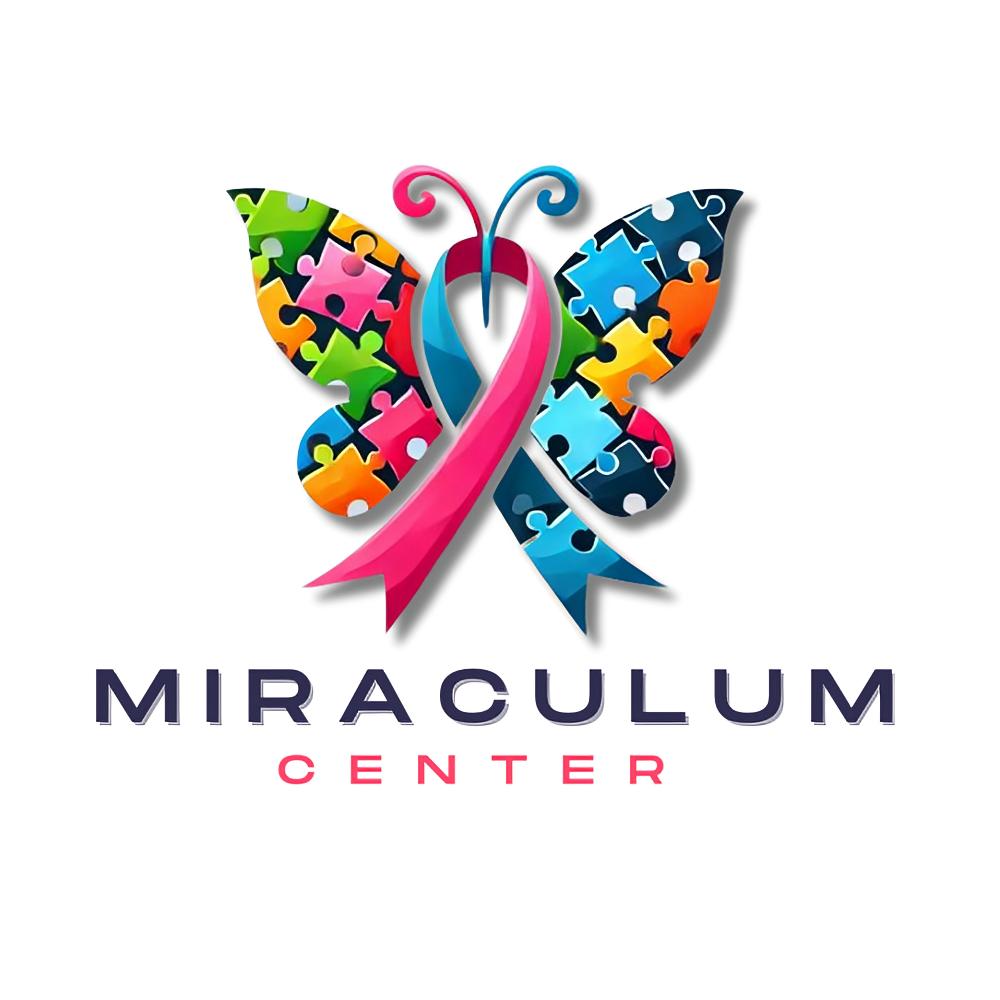Speech Language Pathology

Signs & symptoms
Pragmatic Language
Pragmatic language refers to the social side of communication, including both verbal and nonverbal interactions. Challenges in this area may include:
- Inconsistent eye contact
- Not responding when their name is called
- Not using gestures like waving hello or goodbye
- Preferring to play or interact alone rather than with peers
- Making comments automatically without considering context
- Taking jokes, idioms, or abstract concepts too literally
Receptive and Expressive Language
Expressive and receptive language refers to the ability to communicate and understand words. Difficulties in these areas may be an early sign that a child could benefit from an evaluation by a speech-language pathologist. If you have concerns, consider discussing them with your child’s pediatrician.
Language challenges may include:
- Delayed development of play skills
- Limited use of facial expressions
- Difficulty recalling words
- Reduced ability to produce speech sounds
- Minimal babbling in infancy
- Trouble understanding simple directions or commands
- Using only a few words to communicate
- Incorrectly naming objects
- Struggling to answer “wh” questions (who, what, where, why) or yes/no questions
- Repeating words or phrases immediately or later in the day (echolalia)
Voice
Voice refers to how our speech sounds and is perceived by others. Difficulties in this area may include a hoarse, breathy, or scratchy voice. Additionally, the voice may have a nasal quality, where sound resonates through the nose.
Only the sounds /m/, /n/, and /ing/ should naturally come from the nose during speech.
Fluency
Fluency, commonly known as “stuttering,” refers to the smoothness and flow of speech. While some disfluencies are normal, significant disruptions can affect communication.
If your child’s speech fluency is interfering with their ability to communicate or causing frustration or negative feelings about speaking, it may be beneficial to seek an evaluation with a speech-language pathologist.
Feeding & Swallowing
Coughing or being a picky eater is not always a sign of a fussy meal time. The position of feeding, being able to self feed, as well as handling fluids and solids differ for each age. Possible signs of a feeding/swallowing difficulties may include: refusing to eat, eating only a little bit for a certain period of time, constant or excessive drooling and/or coughing, sensitivity to textures (how the food feels) and/or temperatures (how hot or cold the food is).
Procedural skills
Speech therapy procedures are tailored to each child’s unique needs, considering their diagnosis, age, and individual factors for success. The clinician may adjust the treatment as needed to ensure progress.
Additional treatment methods and resources are referenced from the American Speech-Language-Hearing Association and other reliable sources. Evidence-based practices guide the approach, helping determine the most effective strategies while adjusting the difficulty level to support the child’s growth and development.
Language
Enhanced Milieu Approach: This naturalistic method uses a child’s communication attempts as opportunities for caregivers and speech-language pathologists (SLPs) to model words and language during daily routines and play.
Child-Led/Directed Play: Allowing the child to take the lead in play activities creates a natural environment that encourages language development.
Dialogic Reading: This approach engages the child in a conversation about a story while reading together. By asking questions and expanding on responses, this method helps build vocabulary, introduce story structure, enhance verbal fluency, and strengthen storytelling skills.
Augmentative and Alternative Communication (AAC): AAC includes gestures, sign language, picture-based communication boards (low-tech), and speech-generating devices (high-tech) to support communication. It is used to enhance verbal speech, not replace it.
Articulation
The Cycles Approach, Minimal Pairs, Maximal Oppositions, Melodic Intonation Approach, and Rapid Syllable Transition Treatment (ReST) are evidence-based methods used to improve a child’s speech clarity and articulation. These approaches also help enhance the distinction between sounds and syllables, making speech more understandable.
A speech-language pathologist will assess your child’s needs and determine the most suitable approach for their therapy.
Fluency
Desensitization Therapy: Focuses on managing the emotional aspects of stuttering, helping reduce anxiety and negative feelings associated with speaking.
Fluency Shaping & Modification Therapy: Targets the physical aspects of speech, including tension, movement, and flow, to improve overall fluency.



